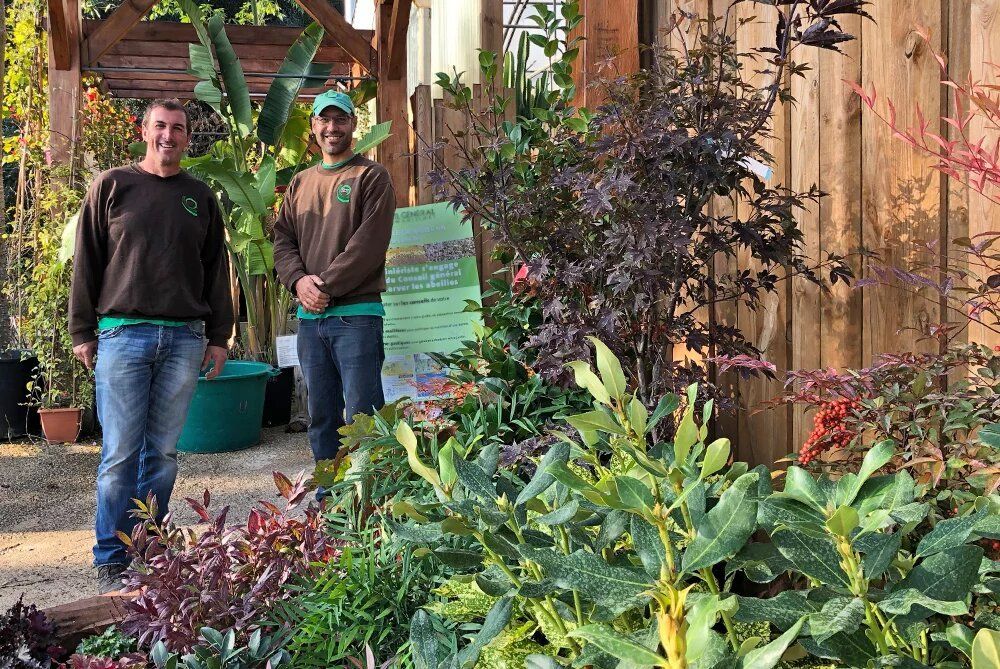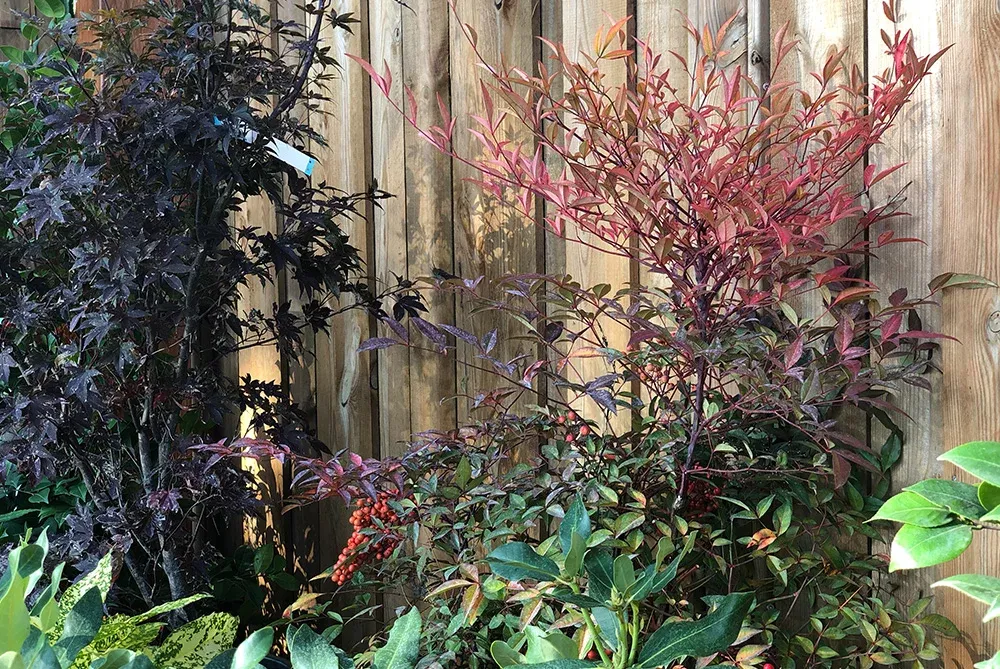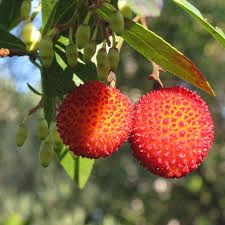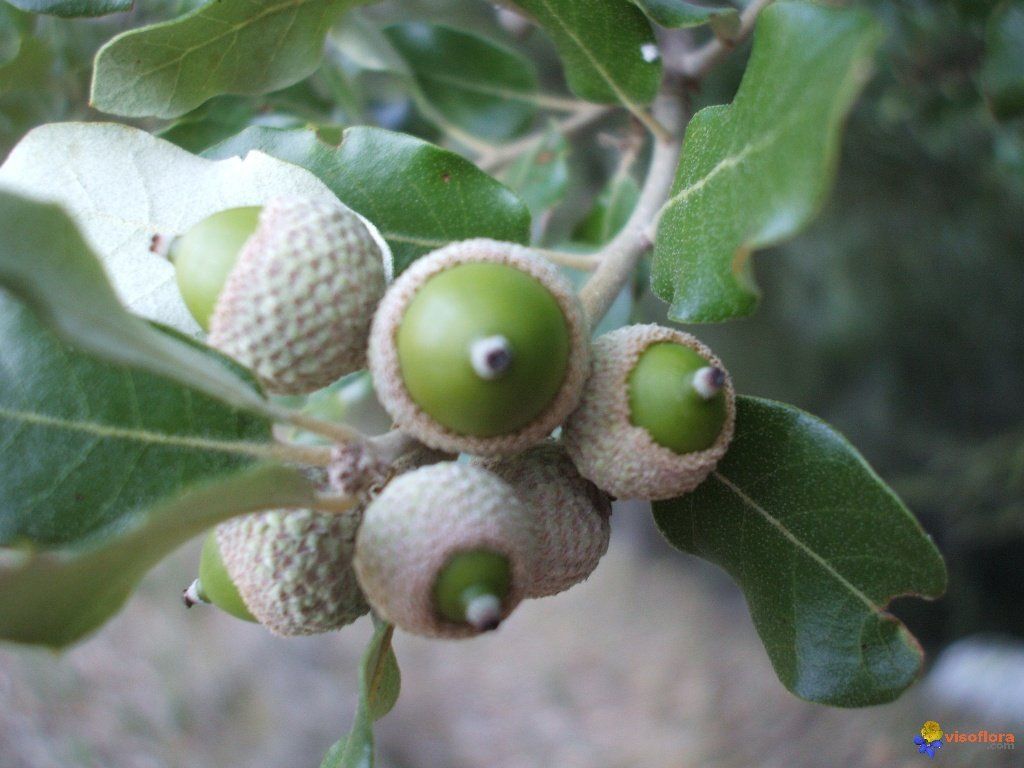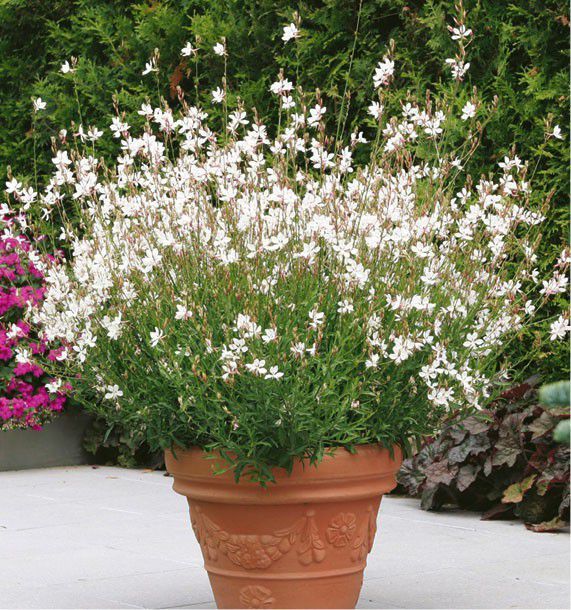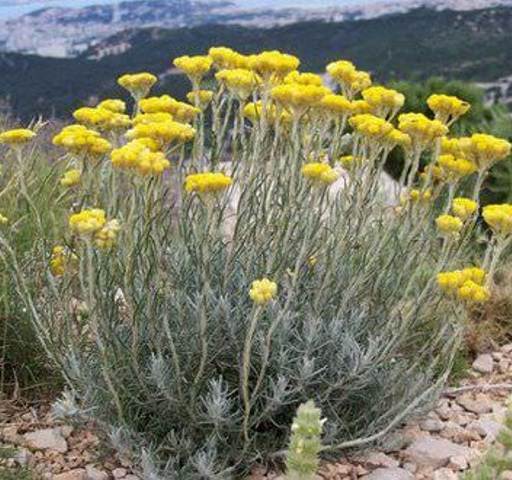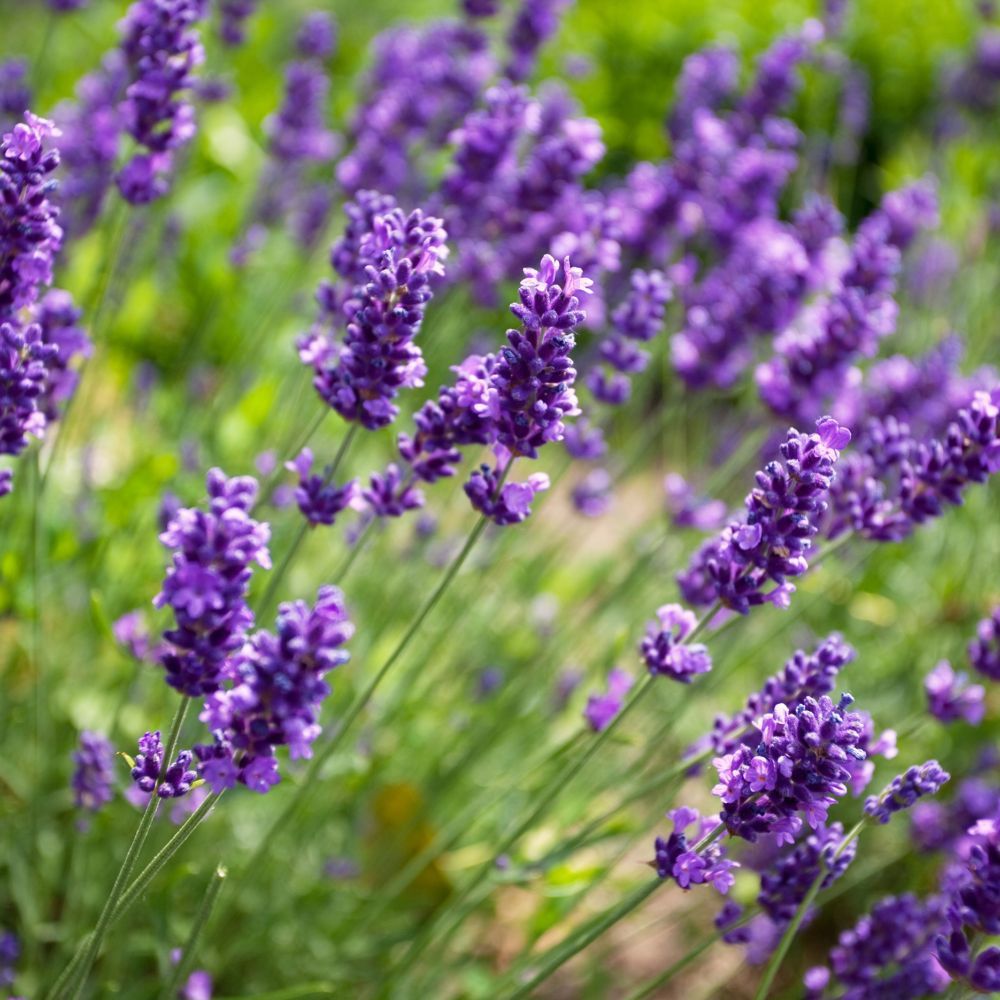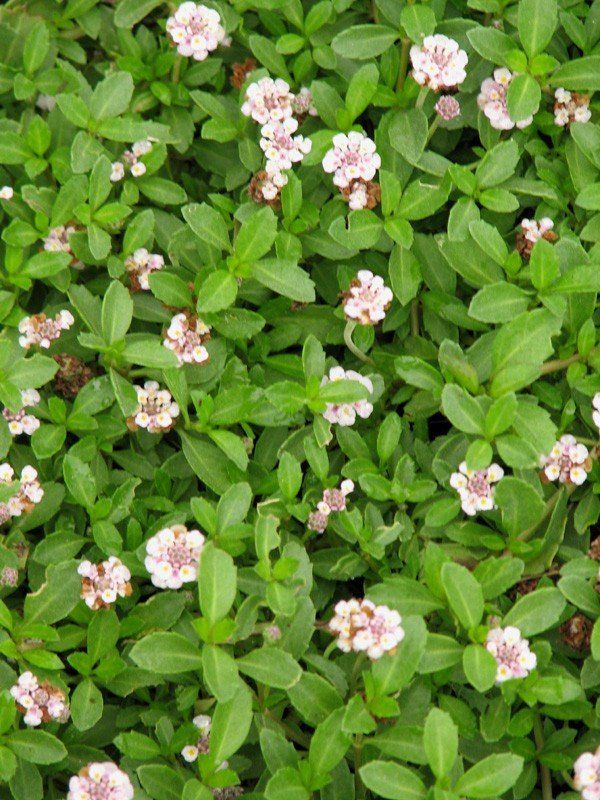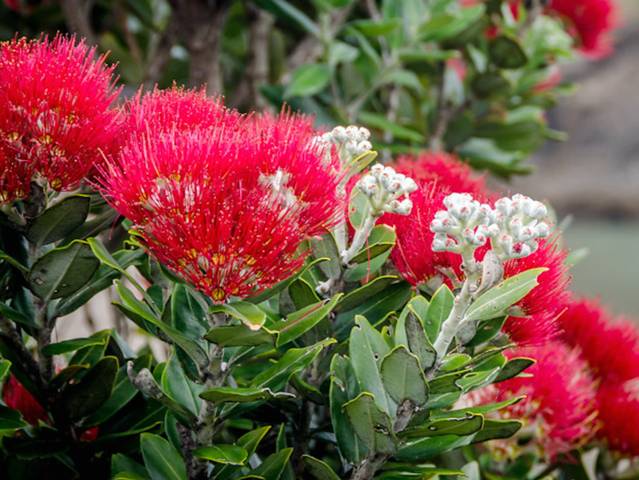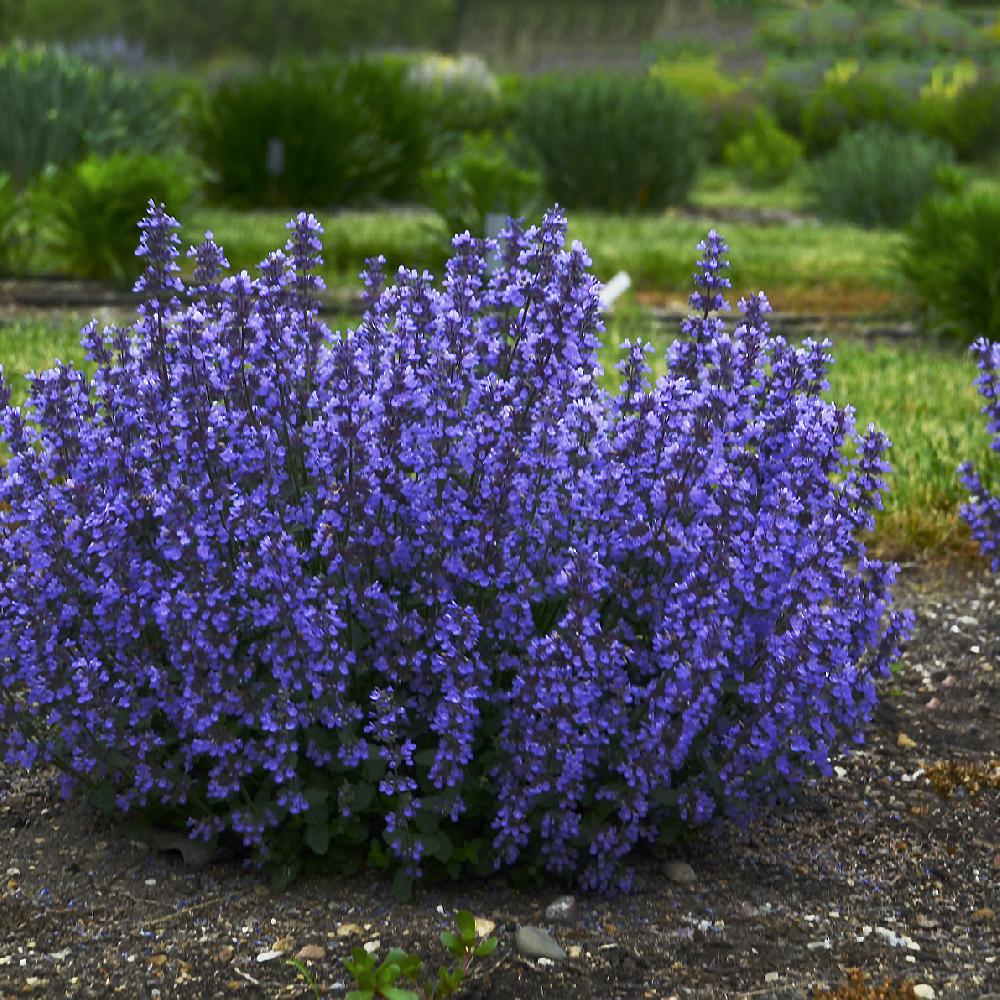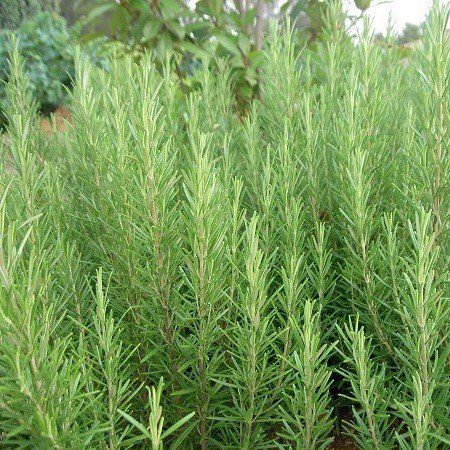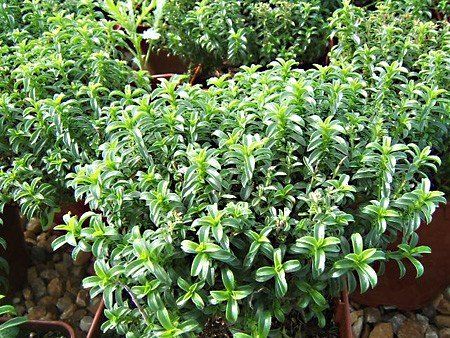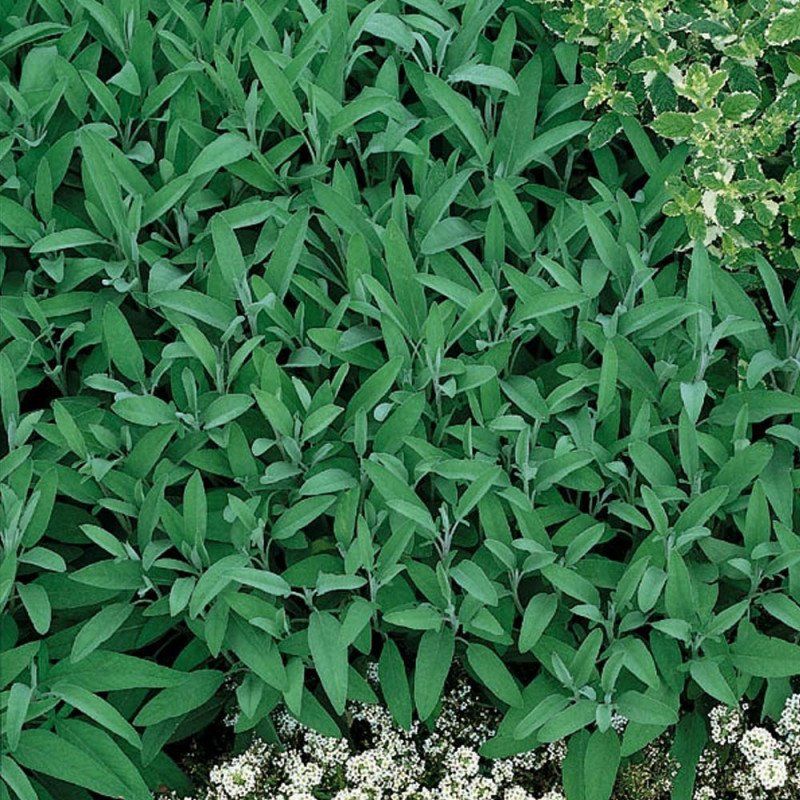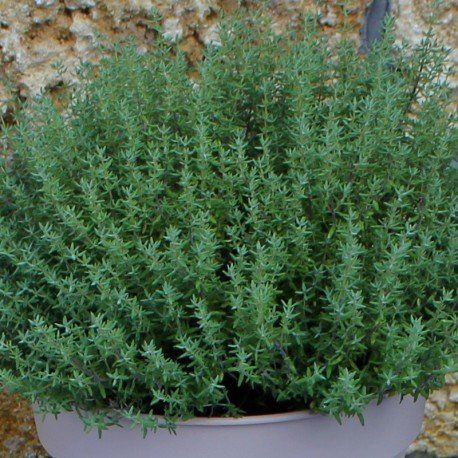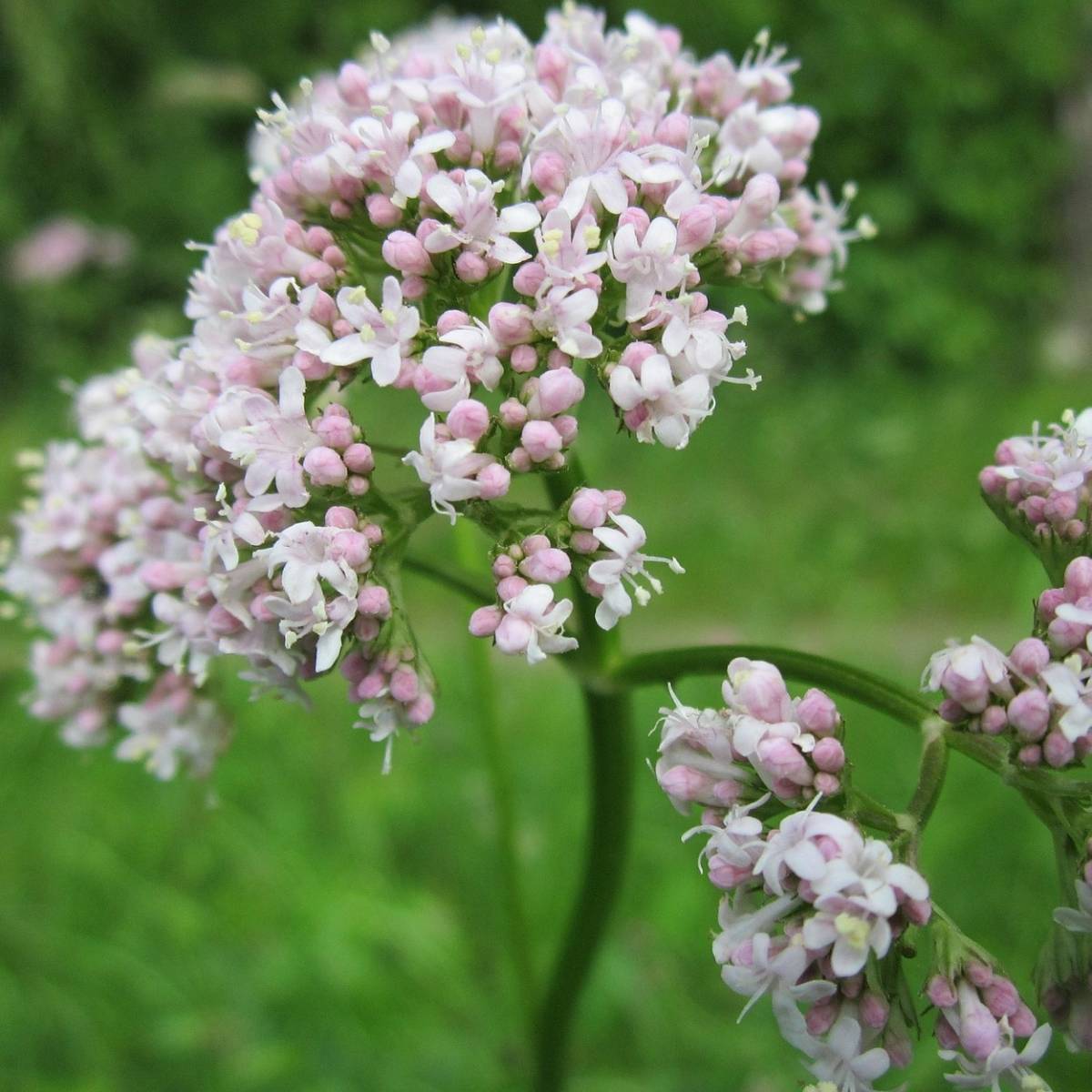With heather lands your garden exults
What do the Japanese maple, the camellia and the hydrangea have in common?
They are members of the heathland plant family andall three offer a splendid explosion of colors in the fall!
Like conductors, our experts
Stéphane Amat, owner and manager of the Aspres Nursery in Grasse
And
Eric Lerda, manager of Jardins Terre de Provence
(see the section
Our partners
)
have set them to music in a bed of heather plants. They tell us everything about the varieties, how and where to plant them.
Why did you choose heather plants for the garden in autumn?
Eric: They are beautiful at this time, while the rest of the garden is rather tired at the end of summer. Their leaves offer a gradient that goes from red to yellow, with deep green. We also have bright red berries, and vibrant flowers during the winter.
Frédéric Valente and Eric Lerda - Gardeners of Terre de Provence
Where can I create a bed with heather plants?
Eric: On the north side of the house, a terrace in the shade or under pine trees. The massif advantageously fills the areas without sun where our Mediterranean plants grow poorly.
Les plantes ont donc besoin d’ombre, quoi d’autre ?
Stephane: Our customers often have a negative a priori about heather plants, they think that they do not correspond to our region. However, we have very positive feedback from the development of heather plants in the Alpes Maritimes: hydrangeas, camellias, azaleas and many others, as long as they are housed in a sheltered, humid, shaded and acidic area. It is the nature of our profession to transform a so-called disadvantage into an advantage: an often neglected area, in the north, can accommodate varied colors and magnificent species.
Eric: As the name suggests, they need heather soil, typically acidic – the kind you find naturally at the foot of pine trees, for example. Our soil on the Côte d'Azur, which tends to be chalky, is not ideal. Before planting, you must dig a hole and line it with geotextile or an anti-rhizome tarpaulin to insulate it from the existing soil. Once the hole is dug, it is filled with heather soil, sand and peat. You can then plant, and it's really nice to mix several species – shrubs, trees, ground cover plants – to alternate the colours, shapes and foliage.
Stéphane, what is your favorite plant for heather soil?
Stephane: I have a big weakness for the camellia, its persistent foliage of a bright green and its abundant flowering. In the foreground or in the background in a clump or as an isolated subject, it will never go unnoticed. The colors oscillate between different tones of pink, white, red, two-tone or veined. Our historic producers are located on the shores of Lake Maggiore in Italy and have developed flawless expertise in heather plants, while benefiting from the mild climate of the lake which favors their breeding.
These plants are of excellent quality because they grow at their own pace, without being pushed artificially. A plant that is brought to its peak of flowering artificially is much less likely to recover. The Japanese maple "Bloodgood" appears to us as one of the centerpieces in this type of clump. Its intense blood-red foliage evolves over the seasons and remains one of the most striking of the purple maples. Its leaves are large and chiseled with great precision. Even bare (because the tree is deciduous), it will present itself as a remarkable sculpture. Very hardy, it can be grown in a pot or in the ground.
On the right: Stéphane Amat / Manager of the Pépinière des Aspres; - On the left: François Henry / Purchasing and landscaping consultant manager
L’arbuste à droite de l’érable a beaucoup d’allure…
Stephane: It is a Nandina, or sacred bamboo – not to be confused with the bamboo that is feared for its rhizomes. This evergreen shrub is very original, light, graphic with colors that change over the seasons from green to red. Its panicles of flowers and red berries give it a Japanese character. As an isolated subject, in a clump, in a pot or in the ground, everything is possible with it.
Left: bloodgood steel palmatum - Right: A nandinia
What do you recommend for ground cover plants?
Stephane: The field of possibilities is vast, but here we have selected a perennial plant at the front of the flowerbed, the Heuchera, for its multiple palette of colors from pink to red to green. It is a robust plant, with marbled and persistent foliage, capable of adapting to all gardens.
We also placed the mahonia confusa Nara Hiri from Japan, with its graphic and airy silver branches. Resistant to cold, it produces pretty yellow flowers similar to mimosa in October-December. It is also a useful plant: its faded flowers are extremely popular with birds.
On the left, you also see a hydrangea quercifolia or oakleaf hydrangea, which takes on a pretty copper color in the fall. It requires a rich and acidic soil. Its flower panicles are white and turn red in the fall.
On the right, several heuchera plants in different colors.
Once the flowerbed is in place, what should be done to ensure it flourishes?
Eric : In the fall, I recommend amending the soil and adding heather soil to compensate for compaction. In the spring, you can add fertilizer. As for watering, I prefer drip irrigation to keep the soil moist and fresh. Mulching has its place here, it limits weeding and water evaporation, and it hides the automatic watering. For heather soil, poplar fiber, naturally acidic, brings a bright and light touch. It is very aesthetic.
There is also BRF or fragmented ramial wood, which is less expensive and similar to forest humus. In terms of maintenance, hydrangeas can be pruned at the end of flowering. The leaves can also be left on the ground, which turn into humus as they degrade.





